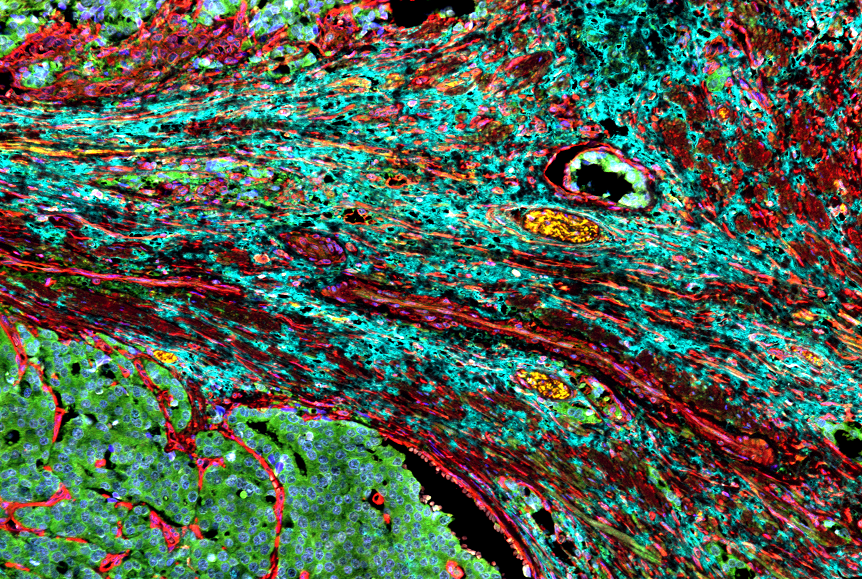Worst of Hiring Freeze Over, Western Cape Health Department Assures Health Workers

By Daniel Steyn for GroundUp
Dr Keith Cloete, head of the Western Cape Department of Health and Wellness, has told health workers in the province that the “severe and drastic measures” taken to “constrain the filling of posts” in the past three months has brought the department back within budget.
Cloete was speaking in a video update circulated to the department’s employees on Thursday. Health workers in the province have raised concerns over a “near-complete” freezing of vacant posts to curb budget cuts imposed by National Treasury.
Initial cuts to provincial budgets and conditional grants that fund hospitals were made at the start of 2023/24 and were further exacerbated by in-year cuts.
Provincial governments also had to absorb within their existing budgets a mandatory public sector wage increase. National Treasury recommended in November that provincial departments freeze hiring.
Since November, posts in the Western Cape could only be filled on approval by head office, but Cloete said in his video that those decisions will now be “decentralised” again.
Line managers may again fill vacant posts on condition that they “apply their minds” and work within “a tight framework”, said Cloete. He added that he was mindful of the impact the hiring constraints have had on services.
In January, GroundUp reported on significant staff shortages at Groote Schuur Hospital and Red Cross War Memorial Hospital. Senior hospital managers in the province complained that there had been a lack of communication from the department’s management on how long budget cuts would last and what would be done to mitigate their impact.
On 4 February, more than 1200 doctors wrote an open letter to Western Cape Premier Alan Winde, Western Cape Finance Minister Mireille Wenger and national Finance Minister Enoch Godongwana, calling for an end to “catastrophic budget cuts”.
The health workers warned that the cuts will cause surgical operations to be cancelled or postponed; patients in need of specialist medical care to wait longer; cancer treatment to be delayed and cancers diagnosed at later stages with less chance of successful treatment; and gains in neonatal, infant and paediatric care would be “reversed”, among many other issues.
In Thursday’s video update, Cloete said that the budget for the 2024/25 financial year has not yet been finalised. The final budget allocation will be tabled in the provincial legislature in early March.
Budget cuts are expected to continue into the foreseeable future. Over the next three years, the Western Cape government faces cuts amounting to R6.7-billion. According to premier Alan Winde, 37% of the province’s budget goes to healthcare.
Cloete announced that a meeting will be held with managers, clinicians and support staff “to have a discussion of how do we redesign our healthcare services across the entire system in the Western Cape” on 21 February.
“I understand anxieties that everyone will experience in this specific area. I call on everyone to please attempt to get a slightly bigger view …. And for us to do this together. Together, we can actually navigate this successfully.”
Republished from GroundUp under a Creative Commons Attribution-NoDerivatives 4.0 International License.
Source: GroundUp





